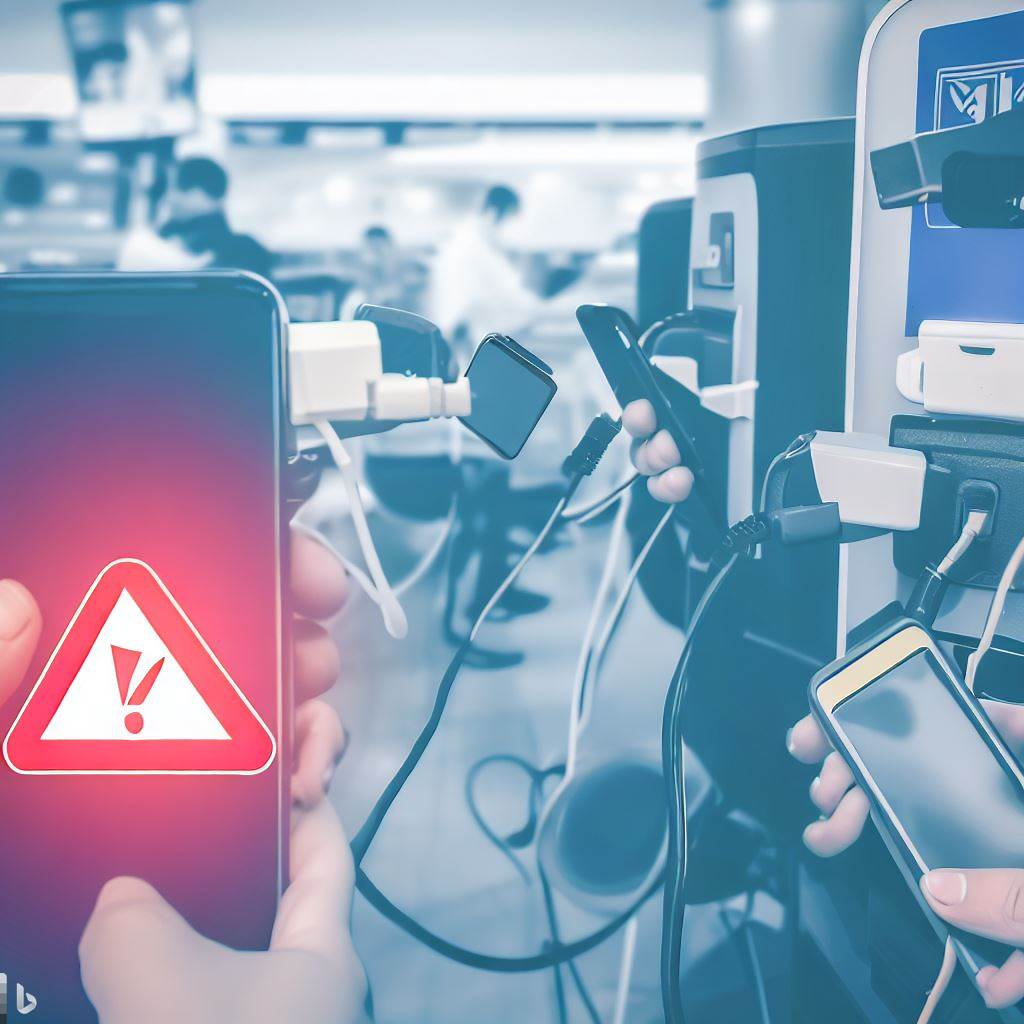In today’s fast-paced, technology-driven world, it’s hard to imagine going a day without your mobile phone. That’s why public charging stations at airports, hotels, and shopping centers can be a lifesaver when you’re on the go. But did you know these charging stations can also pose a serious cybersecurity threat? In this blog post, we’ll explore the danger of “juice jacking” and offer practical advice for protecting your device and data.
What is Juice Jacking?
“Juice jacking” is a term coined by cybersecurity analyst Brian Krebs in 2011, referring to the practice of hacking into phones through USB cables at public charging stations to steal data or infect devices with malware. Criminals design these fake charging stations to look like legitimate ones, easily tricking unsuspecting users.
The Growing Threat
Juice jacking has existed for years, but the recent rise in travel after easing COVID-19 restrictions may be increasing its prevalence. As more people rely on public charging stations, cybercriminals have more opportunities to exploit unsuspecting users.
Protecting Yourself from Juice Jacking
As a cybersecurity expert, I’d like to share some simple yet effective tips for safeguarding your mobile device from juice jacking:
- Carry your own portable battery charger: A personal power bank can keep your phone charged without relying on public stations.
- Use a USB data blocker: These devices, also known as “USB condoms,” connect to your phone’s charging cable and prevent data transfer while charging.
- Plug into wall sockets: Charge your device using a wall plug-in socket whenever possible, as it is less likely to be compromised.
- Power off your device: If you must use a public charging kiosk, completely power off your device before plugging it in to minimize the risk of data theft.
Key Takeaways and Action Steps
To help you stay cyber smart and avoid falling victim to juice jacking, remember the following:
- Stay aware of the risks associated with public charging stations.
- Carry your own portable battery charger or use a USB data blocker.
- Opt for wall sockets instead of public USB chargers when available.
- Power off your device before using a public charging kiosk.
Follow these simple guidelines to significantly reduce the risk of juice jacking and ensure the security of your mobile device.
Staying vigilant and informed about potential cybersecurity threats like juice jacking is crucial for today’s working professionals. By taking a few simple precautions, you can keep your mobile device safe and secure while on the go. Stay cyber smart and protect your digital life.
